About 21% of all nurses suffer from an accident at some point in their employment, as estimated by the Bureau of Labor Statistics. Compared to other work environments, healthcare facilities have the most significant rates of personal injuries, according to the Occupational Safety and Health Administration (OSHA). Some of which include:
1. Exposure to disease
All medical personnel runs the danger of being exposed to contaminated air, surfaces, and biological samples, like blood, when caring for a patient with an illness. These environments are rich with harmful bacteria and viruses, that can cause nurses to catch certain diseases. Wearing personal protective equipment (PPE) and staying up to date with their vaccination is important in keeping them safe from contracting any infectious diseases.
2. Exposure to harmful chemical substances
Another potential risk for nurses is exposure to harmful chemicals and toxic substances. Dangerous chemicals, volatile compounds, sterilants, drugs, pesticides, and latex allergies are a few of these dangers. Understanding these dangerous compounds and their associated risks can be useful when coming up with management plans to reduce chemical hazards. The healthcare system would benefit from additional safety measures and risk management to safeguard its nurses.
3. Musculoskeletal injuries
Musculoskeletal disorders, or MSDs, are the leading cause of injury among nurses. These accidents happen when lifting a patient to turn them or assist them in getting out of bed. Strains and sprains are the most frequent injuries, with the back and shoulders being most impacted, as reported by OSHA. According to these figures, up to 20% of all nurses eventually quit their direct care jobs because of how physically demanding they are.
Due to disability claims and insurance, these injuries may also result in higher healthcare expenditures and employment costs.
4. Accidental Needlesticks and Equipment Injuries
Injuries caused by sharp objects, such as scalpels or needles, can result in stab wounds that expose nurses to harmful pathogens in their work setting. They are at a higher risk of catching infectious diseases like HIV and Hepatitis B (or C) as a result of it. An annual average of 600,000 to 800,000 needlestick injuries are thought to occur in the US. Moreover, almost 50% of these incidents go undetected. According to statistics, there are approximately 30 needlestick injuries per 100 beds at an average hospital each year.
Some pro tips:
Always learn and follow the healthcare facility's safety policies, plans, and requirements to avoid these safety issues. Speak to the management if you notice a workplace hazard to protect the safety of all healthcare workers.
Most needlestick and sharps injuries occur during disposal. With Numedico's line of safety products, you are one step ahead in securing safety in your line of work.


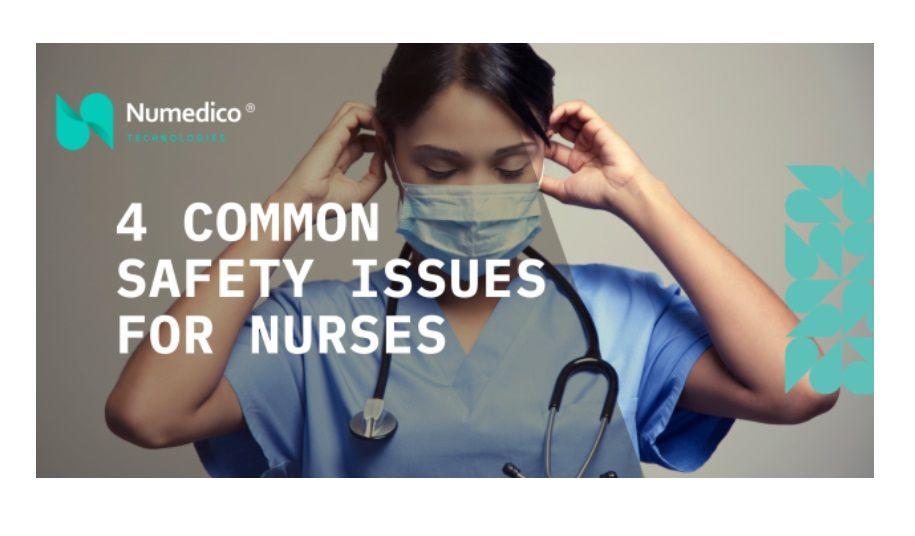

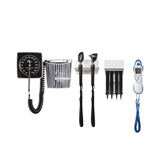


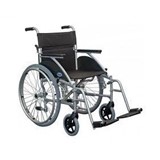
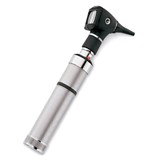


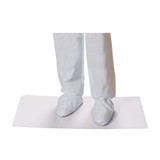




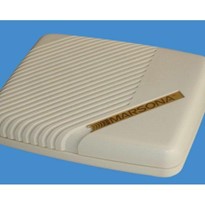

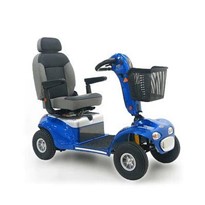

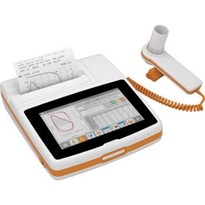

-205x205.jpg)